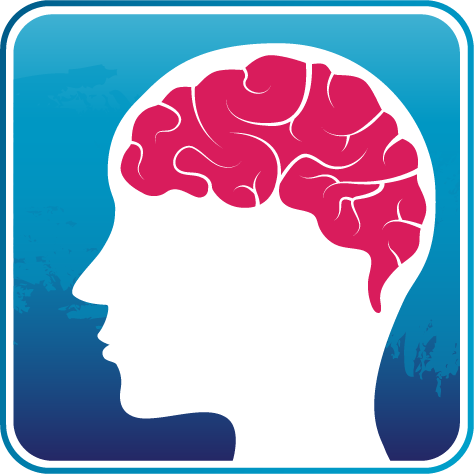Vestibular dysfunction is when there is a disturbance in your body’s balance system that causes you to feel dizzy
or sick when moving your head, eyes and body.
This can be caused by part of the brain that sorts out the balance information not working correctly (possibly due to a stroke or other neurological condition). It can also be caused by a disturbance within your inner ear.
This leaflet will go through some exercises that you can do at home on your own that will help to improve your symptoms.
The aim of these exercises is to create an imbalance in the balance organs in your ears and brain, to allow them to re-adjust. These exercises are likely to make your dizziness worse for a short time while you complete them - this is normal and is actually necessary for your body to learn.
These exercises need to be done regularly to have the most benefit. The more you can do them, the quicker your symptoms will improve.
Advice for completing the exercises:
- Practice each exercise three times a day.
- Repeat the exercise until your dizziness is brought on to a moderate level.
- When an exercise can be completed for two minutes and does not bring on your symptoms anymore, move onto the next one on the list.
- It may take a few minutes after exercising for your dizziness to settle.
- If at any time when you do an exercise, your symptoms do not settle, or get a lot worse, please seek medical support from either your GP or 111.
- Please make sure you are safe when doing these exercises - hold onto something if you need to. Start in a safe position such as lying down then progress to sitting and standing as you are able. Once you can complete the exercises for two minutes in one position without getting dizzy you can move on to the next position.
- It may take several months for you to be able to progress to the end, completing all the standing exercises.
Lying down on a bed with one small pillow only under your head:
Advice for completing the exercises:
- Keep your head still, move your eyes up and down.
- Keep your head still, move your eyes from side to side.
- Keep your eyes still (focus on something in front such as your thumb held at arm’s length) move your head from side to side and up and down.
- Move your head and eyes up and down.
- Move your head and eyes from side-to-side.
- Roll your whole body from left to right.
- Sit up straight and lay back down. Repeat.
- Lying on your side, try to sit up and place your legs over the edge of the bed. Lie back down onto your other side. Repeat lying on alternate sides.
Progression 1:
Repeat exercises 1-5 in sitting on a firm surface with back support, with your eyes open.
Progression 2:
Standing (with your eyes open):
- Turn your head to look from side to side.
- Move your head up and down.
- Bend forwards to touch the floor (only as far as you can) with both hands.
- Bend forwards to touch the floor and then twist to the left and then to the right.
- Side bend to the left and then to the right.
- Stand up and sit down.
- Stand up, turn around and sit back down again.
- With another person if necessary (or have a work surface close by), walk forwards and backwards whilst turning your head from side to side.
